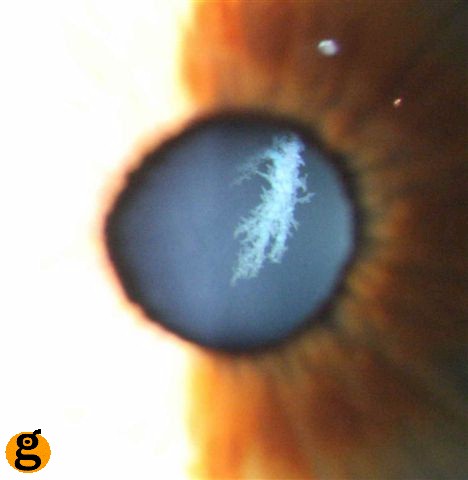I now routinely photodocument as much as I can. This practice is far superior to sketching, or a brief description.
The reality is that we all have a reasonable microcamera within arms reach most of the time, and with a little practice the optics can be aligned to take images through the slitlamp optics.
In the last months I have used this to document the following:
- lid lesions
- conjunctival inflammations and lesions
- RGP fits
- contact lens deposits
- corneal scars and infiltrates
- iris naevii and abnormalities
- lens opacities (cortical are easiest)
- optic cupping and Drance hemorrhages
- choroidal naevii
- choriotinal scars
- Weiss rings and floaters
Attaching the images to the patient record is easy- just email them to be practice, cut and paste and there you go.
Have fun
Greg












